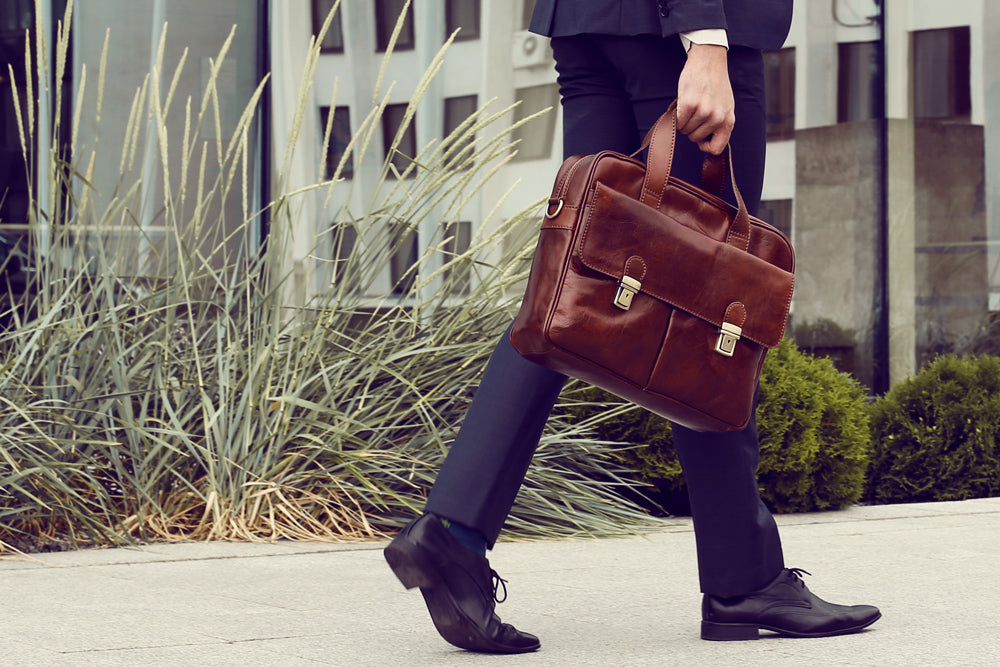
Any leather is made by tanning animals’ skin and rawhide. The tanning process stops decay and turns skin into durable material for various uses.
Depending on what future appearance and features are desired, there are a lot of ways to prepare leather. The most popular being:
· Vegetable tanning - vegetable tanned leathers are prepared by using tannin and other ingredients found in vegetable matter, such as tree barks, branches, leaves, etc. It is an eco-friendly process, that‘s why it is (our) most preferred. The resulting leather is firm, sturdy and serves for a long time. Usually this leather is oiled to improve its water resistance.
· Chrome tanning – chrome tanned leather is made by using chemicals, salts and acids. Because a chemical solution is used, this leather is produced very quickly. Therefore items, made from this leather, are usually cheaper. Also, this type of leather is softer and more elastic.
· Aldehyde-tanning– Aldehyde-tanned leather is prepared with chrome-free compounds. The main compound is formaldehyde, which reacts with proteins in the skin to prevent decay. This leather is known as wet-white due to its pale cream or white color. It is also known for exceptional softness and washability.
· Alum-tanning - this leather is produced as a result of combining aluminum and potassium sulfate on the hide or skin. Skin tanned with alum is white and produces very strong and firm leather. Very light shades of leather can be obtained through this process, but the resulting material is not as supple as vegetable-tanned leather.

These forms of leather basically describe the preparation of skin, so that it can be used as material in the future. Every skin has several layers and with regard to which layer was used, there are several types of leather. The most popular are:
· Top-Grain leather is made of the top layer of skin, which contains the epidermis. This leather is the most natural, because the skin isn’t corrected only the hair is pulled off. The grain remains in its natural state which ensures greater durability. The natural grain also has natural breathability, resulting in greater comfort for clothing. Full grain leathers can mainly be bought with two types of finish: aniline (natural looking, with natural surface visible, but less resistant to soiling) and semi-aniline (not as natural, having a light coating, but more resistant to humidity).
· Corrected-Grain leather is Top-Grain leather with its surface sanded, buffed or snuffed in order to remove any imperfections. The imperfections are corrected by using artificial grain. The result is firm, thick and smooth leather. Corrected grain leathers can mainly be bought with two types of finish: semi-aniline and pigmented (the most durable but less natural in appearance, having a polymer coating).
· Split leather is created from the fibrous part of the hide, left after Top-Grain has been removed. It is rough on both sides, due to the separation of the grain carrying layer. To make it stronger, an artificial layer is usually applied. This type of leather is mostly used to make suede.
Each type and form of leather has its own pros and cons, in the end it is up to you to make an informed decision which one to choose.


